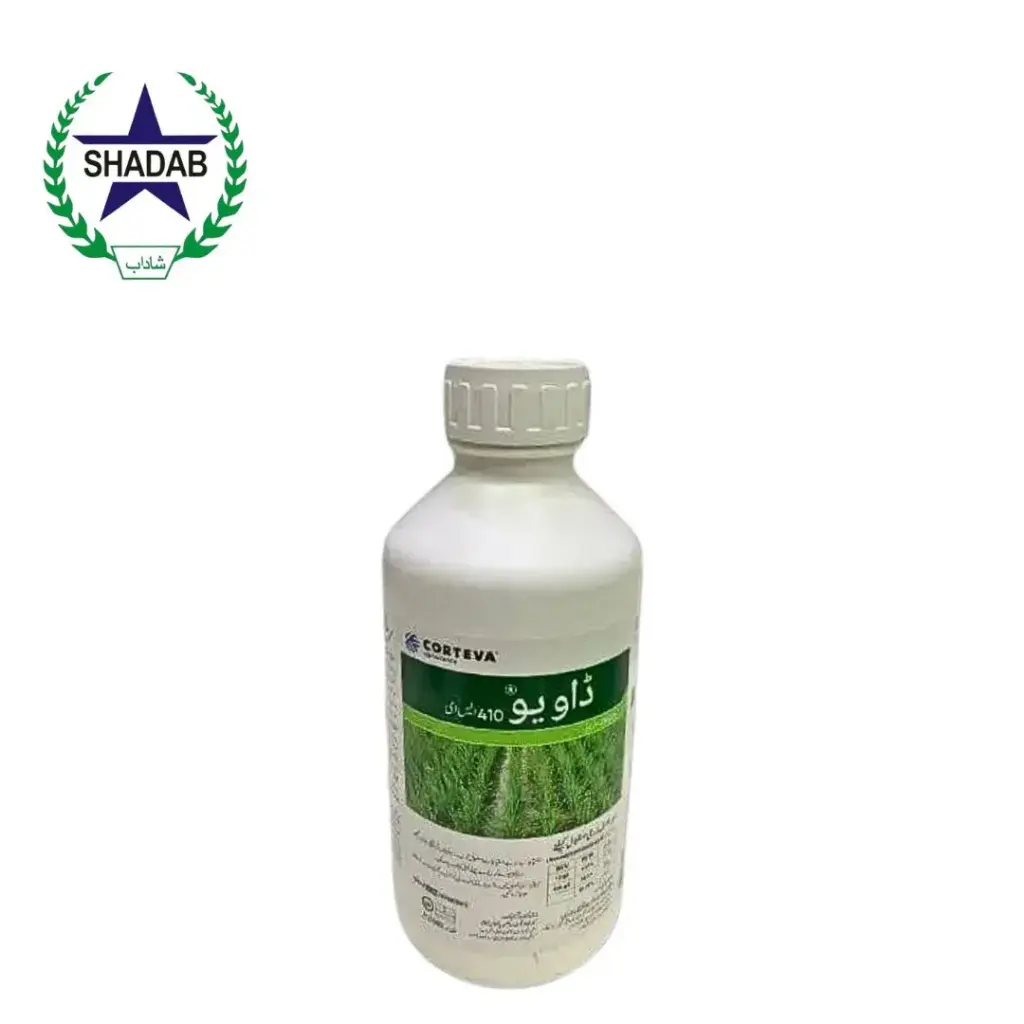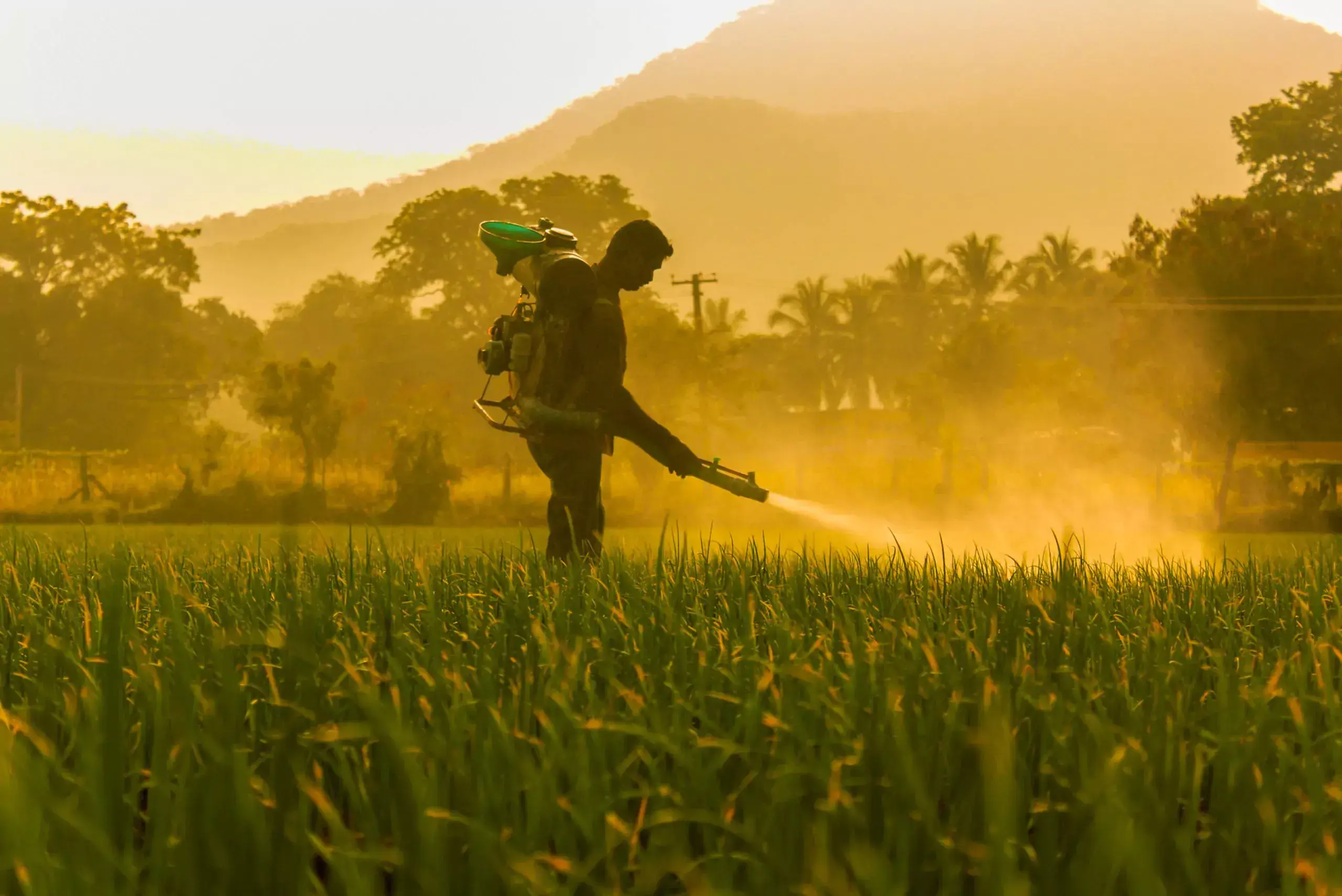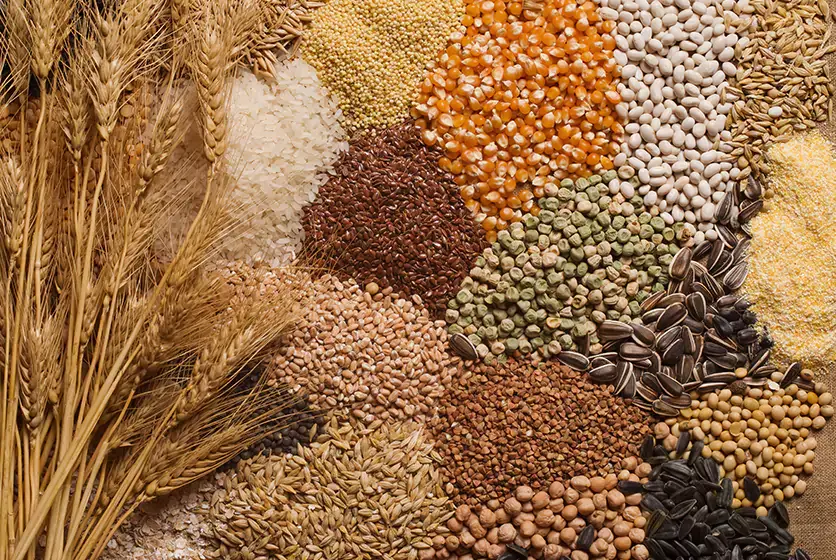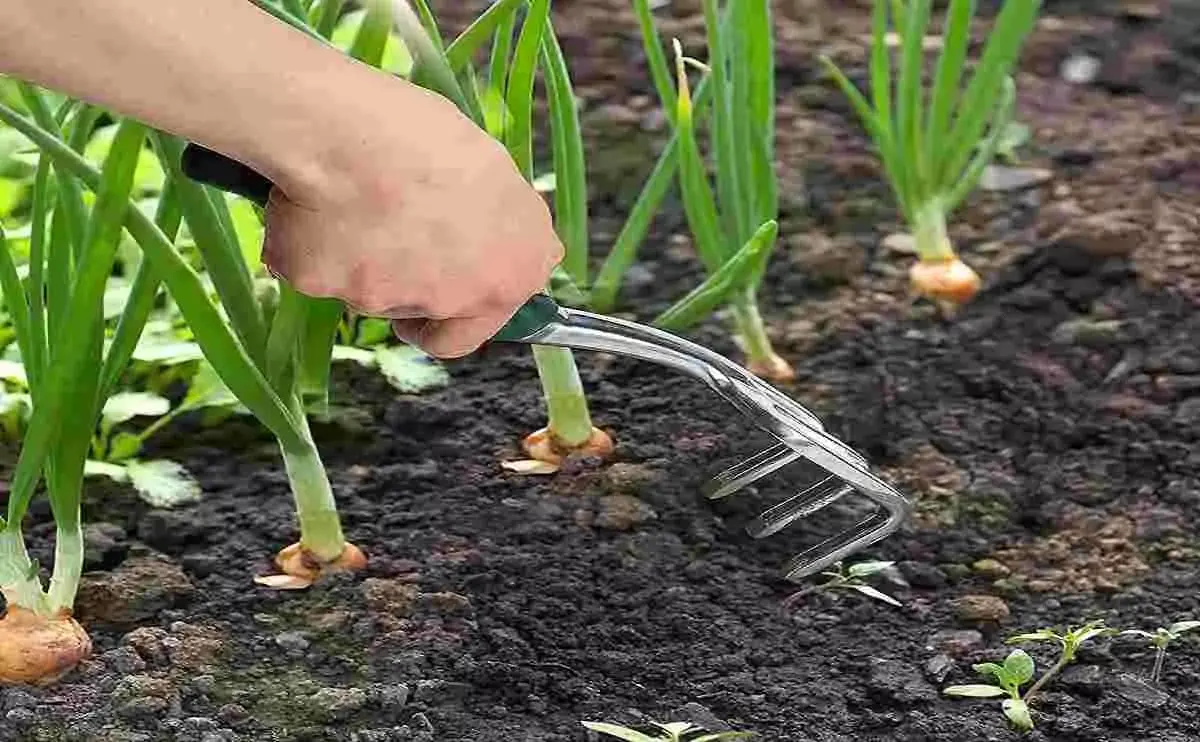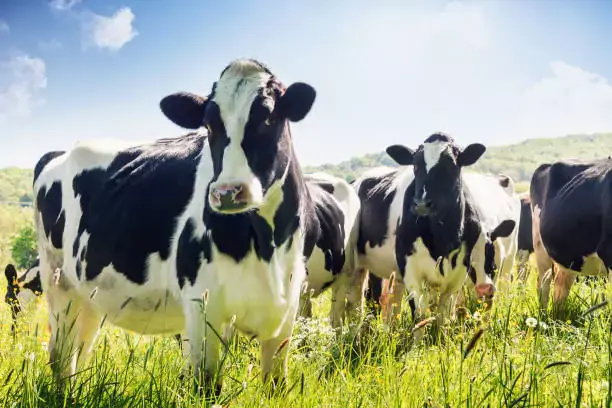چاول پر مبنی زرعی نظاموں میں، جڑی بوٹیوں کے انتظام کی مروجہ حکمت عملیوں میں کھیتی، سیلاب، گرنے کے ادوار، فصل کی گردش، اور طریقے جیسے کہ آگ صاف کرنا، ہاتھ سے گھاس ڈالنا، کدال کی گھاس ڈالنا، اور جڑی بوٹی مار ادویات کا استعمال شامل ہے۔ ان تکنیکوں کو اکثر جڑی بوٹیوں سے نمٹنے کے دیگر اقدامات کے ساتھ مل کر استعمال کیا جاتا ہے، بشمول جڑی بوٹی مار ادویات کا استعمال بوٹاکلور کے ساتھ منتخب نظامی جڑی بوٹی مار دوا ہے جو خاص طور پر سالانہ گھاس کے گھاس اور کچھ چوڑے پتوں کی انواع کے خلاف اچھی طرح سے کام کرتی ہے۔ جڑی بوٹیوں سے جڑی جڑی بوٹیوں پر قابو پانے کی تکنیکوں کے استعمال سے کم مزدوری اور مادی اخراجات کا فائدہ ہوتا ہے۔ دوسری طرف، جڑی بوٹی مار ادویات کے زیادہ استعمال اور لاپرواہی کے نتیجے میں جڑی بوٹیوں کی مزاحمت ابھری ہے، اور ان کا استعمال زرعی طریقوں کو مزید پیچیدہ بنا سکتا ہے۔
In rice-based agricultural systems, prevalent weed
management strategies encompass tillage, flooding, fallow periods, crop
rotations, and methods such as fire clearance, hand weeding, hoe weeding, and the
application of herbicides. These techniques are frequently employed in
conjunction with other weed control measures, including the use of herbicides
The is selective systemic herbicide with butachlor which works especially well
against a variety of annual grass weeds and some broad-leaf species. The
application of herbicidal weed control techniques has the benefit of lower
labor and material expenses. On the other hand, weed resistance has emerged as
a result of the overuse and carelessness of herbicides, and their application
can further complicate agricultural practices.
